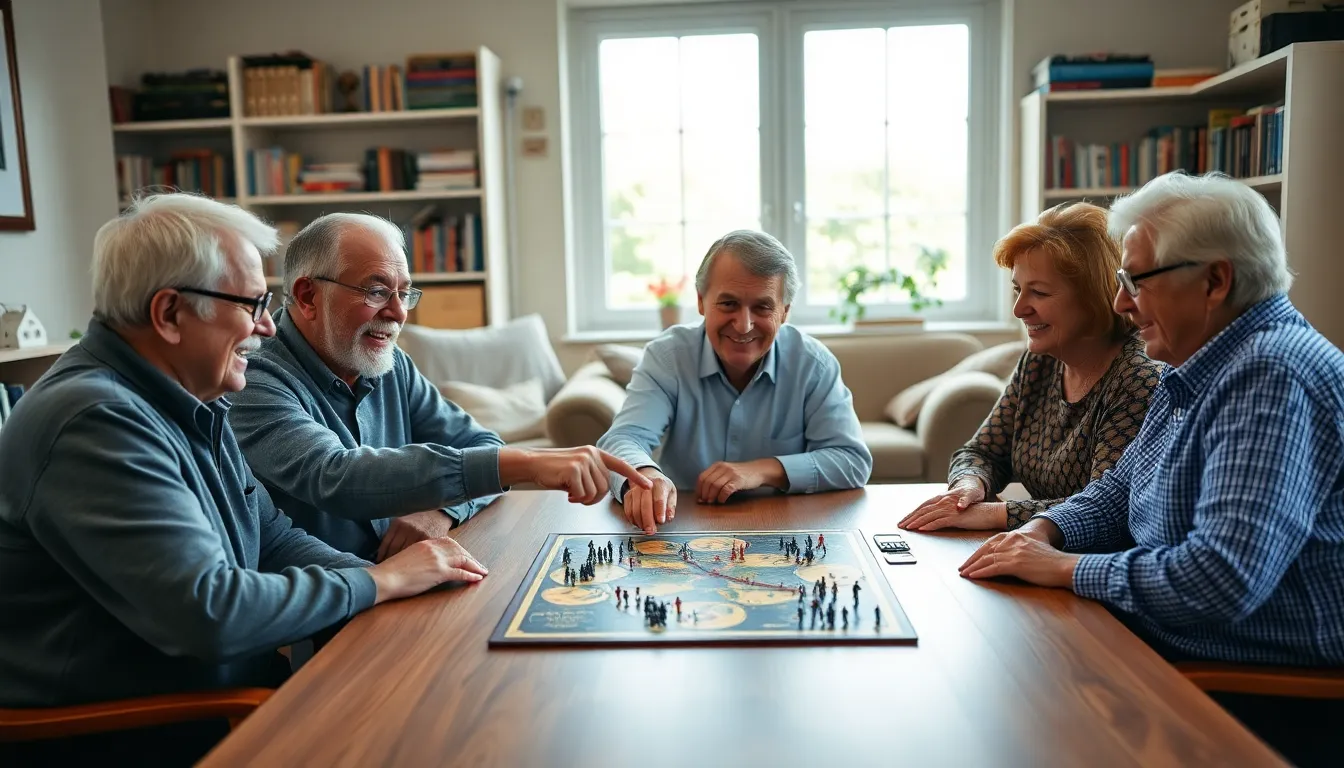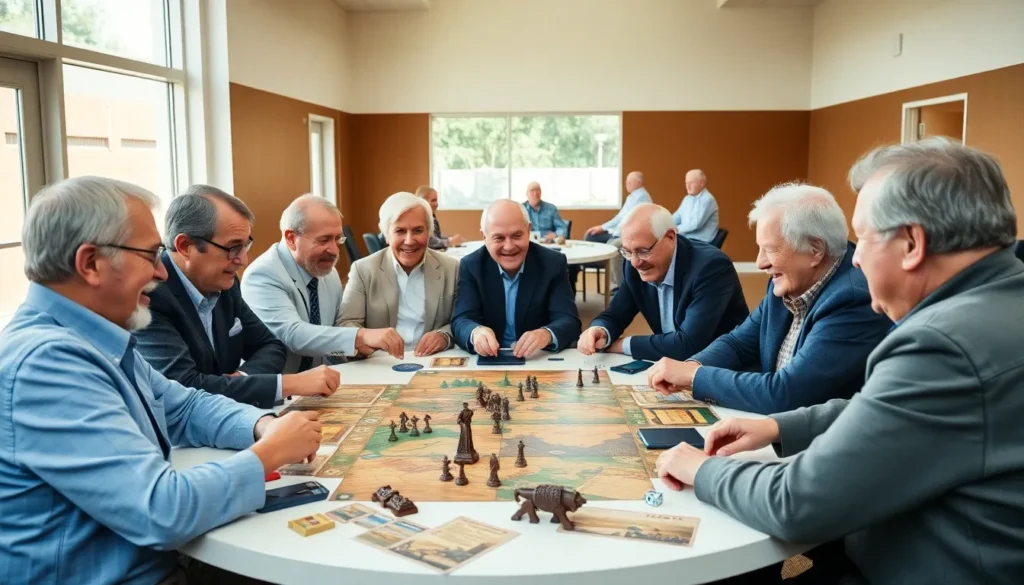Imagine a group of seniors huddled around a table, dice clattering as they devise the next brilliant strategy to outsmart their opponents. War gaming for elders is more than just a pastime: it’s a blend of history, strategy, and camaraderie, wrapped up in a delightful package of laughter and intellectual challenge. If you think gaming is just for the young, then it’s time to think again. This article dives into the vibrant world of war games tailored for older adults, exploring their appeal, benefits, and the bonds they foster. So, grab your dice and a cup of tea, and let’s investigate into the fascinating realm of war gaming for seniors.
Table of Contents
ToggleUnderstanding the Appeal of War Games for Elders

War games have a unique allure that captivates the mind and spirit of players, no matter their age. For elders, this form of gaming is appealing for several reasons. First, there’s the thrill of strategy involved. Planning moves and anticipating the opponent’s next action requires critical thinking, and let’s be honest, who doesn’t want to feel like a general commanding troops?
Secondly, nostalgia plays a significant role in this appeal. Many seniors grew up during times of significant conflict, and engaging with history through gameplay allows them to relive and analyze the past from a new perspective. War games often include historical scenarios and figures, prompting players to discuss and reflect on these events.
Besides, the social aspect cannot be overlooked. Playing these games provides a perfect social platform for seniors, allowing them to forge connections and conversations over shared interests. The laughter and camaraderie that emerge during campaigns can boost overall well-being, providing not just entertainment but also deepening friendships.
Cognitive Benefits of War Gaming in Older Adults
Engaging in war games isn’t just entertaining: it has tangible cognitive benefits for older adults. These games demand strategic thinking, which helps enhance memory and improve problem-solving skills. Research shows that actively participating in strategic gameplay can reduce the risk of cognitive decline, keeping the mind sharp and engaged.
Also, the multi-faceted nature of these games – sometimes involving teamwork, negotiation, and planning – exercises the brain in varied ways. Visualizing board layouts and tracking resources helps enhance spatial awareness as well. Every session serves as a mini workout for the brain, pulling different cognitive functions together for a shared goal.
The friendly competition also introduces a dose of excitement – it stimulates adrenaline and increases engagement in daily life. Healthy competition is invigorating, turning each session into an opportunity for mental gymnastics.
Types of War Games Popular Among Seniors
When exploring war games, seniors find themselves with a plethora of options that cater to diverse interests and skills. Tabletop war games like “Warhammer 40,000” offer expansive worlds where players take on quests and storylines, appealing to those who enjoy immersive narratives. Alternatively, board games such as “Risk” and “Axis & Allies” provide classic battleground experiences that are both strategic and social.
Card games representing historical conflicts, like “Twilight Struggle,” combine history with critical thinking, engaging elements that many seniors cherish. And let’s not forget computer games: some seniors have embraced the digital realm through accessible war games, enhancing their tech skills while playing. These diverse types invite varied levels of engagement and can cater to different group dynamics, allowing seniors to choose genres that resonate most with them.
Adapting War Games for Accessibility
Accessibility is a crucial consideration when it comes to war gaming for seniors. Many traditional games can pose challenges, whether due to complex rules or smaller components that are difficult to manage. Fortunately, game designers are increasingly considering these factors, adjusting games to be more senior-friendly.
Using larger tokens, clearly printed cards, and even adjusted rule sets can make a significant difference. There’s also the option of using apps or online platforms that simplify gameplay. Many popular games have digital versions tailored for ease of use, accommodating both visual and physical limitations.
Also, cooperative games can encourage seniors to work together toward a common goal, reducing the pressure of competitive play, and fostering a supportive environment that enhances participation.
Tips for Engaging Seniors in War Gaming
Engaging seniors in war gaming requires more than just bringing them to the table: the approach matters too. First, choosing games that match their interests is essential. Starting with familiar historical themes can spark excitement and connections to their experiences.
Breaking down the rules and allowing for a gradual introduction to gameplay can also boost confidence. Walking through a few rounds without pressure can help curve any apprehension, allowing players to grasp strategies naturally.
Incorporating snacks and drinks enhances the atmosphere, promoting a relaxed and enjoyable environment. Finally, fostering an inclusive atmosphere where everyone’s input is valued can transform a game night into a cherished gathering.
Community and Social Interaction Through War Games
Building connections through gaming is a gift that transcends age barriers. War games often become the glue that holds friendships together, providing a platform for seniors to socialize and share stories. Joining local gaming clubs or finding online communities can create a sense of belonging, enhancing both mental and emotional well-being.
Also, sharing experiences and strategies during gameplay cultivates deep conversations, not just about games but also about life, history, and personal journeys. The dynamics that emerge during a heated game can leave players in fits of laughter, creating bonds that last beyond the tabletop.


